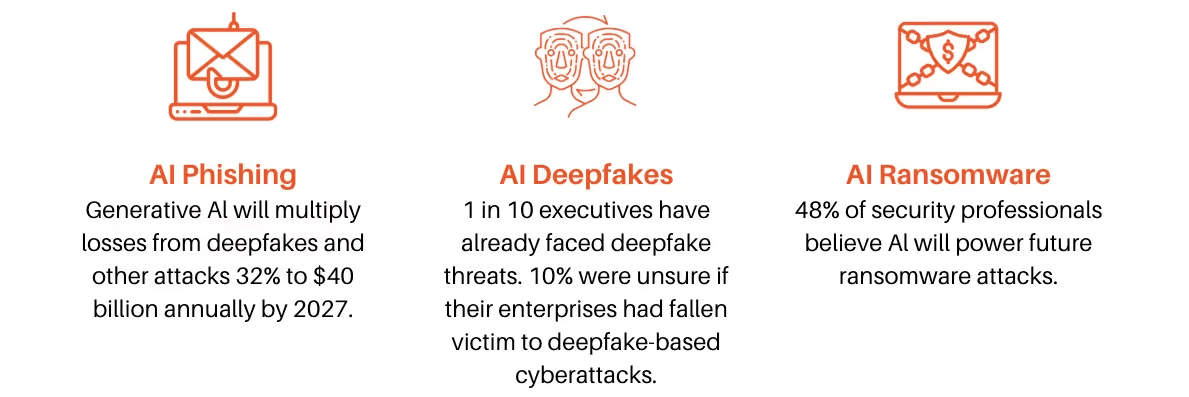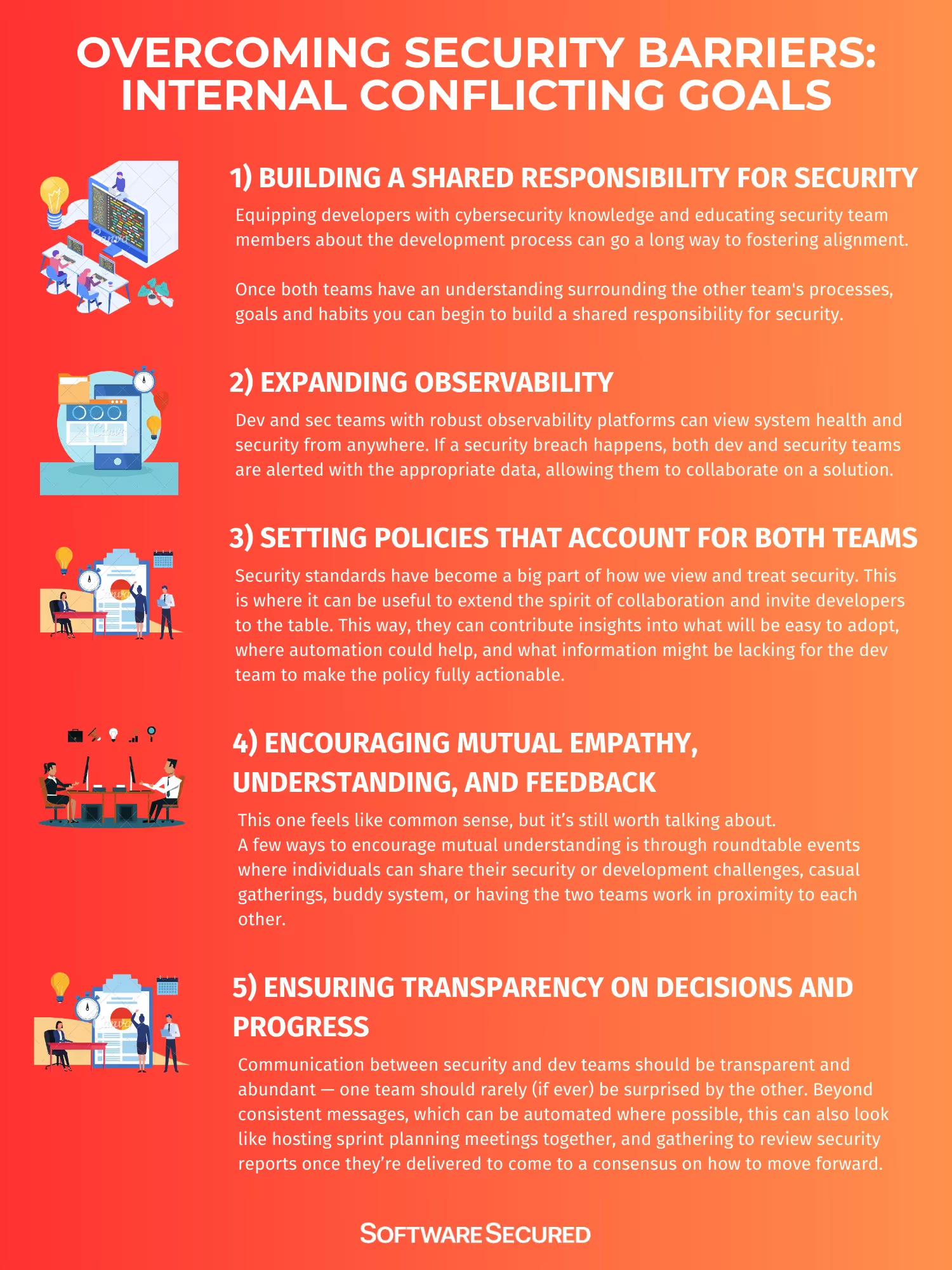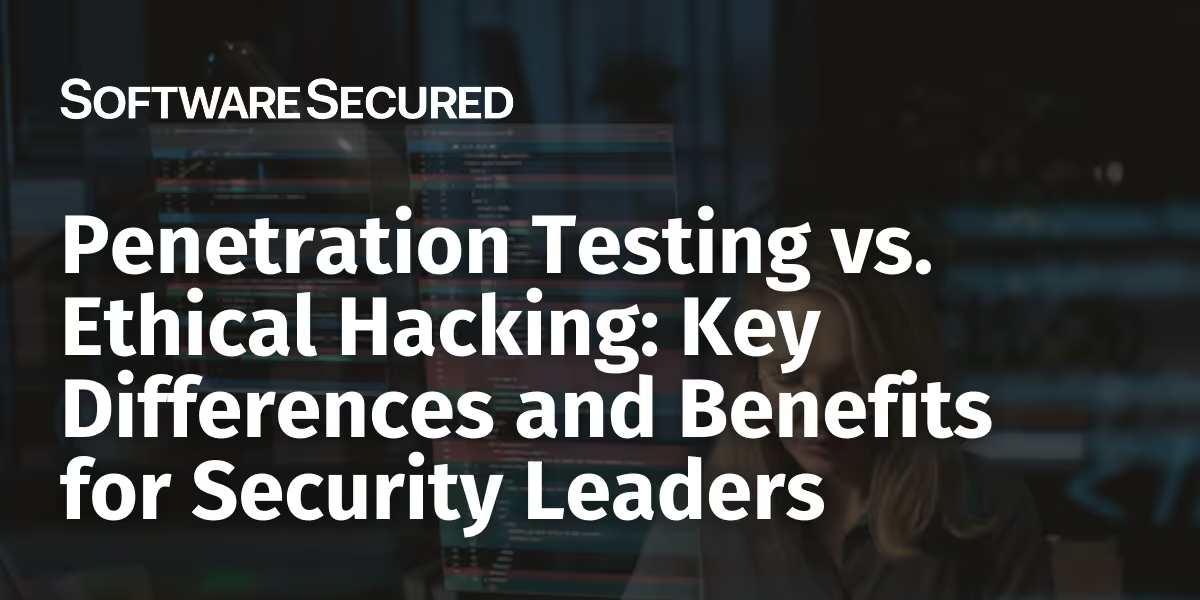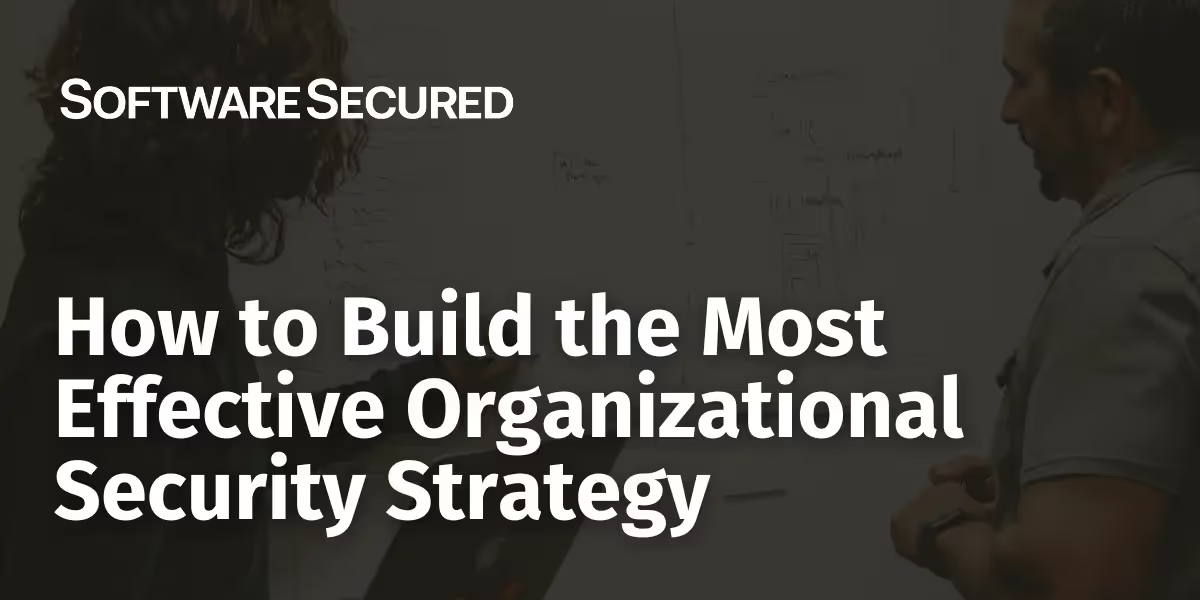Building a Strong Defence: Why Social Engineering is Crucial for Your Security Posture
Understand the role that social engineering can play within your organization, and how human error is often a forgotten risk factor.
Building strong security is not just a matter of firewalls and antivirus programs, it also deals with people, and their common errors. This human aspect is exploited by attackers, thus making social engineering one of the biggest threats today. Social engineering testing helps in better understanding how to protect your organization. Let us investigate social engineering testing, the methodology, and reducing your potential risk.
Social Engineering Methodology
Social engineering can be defined as a range of actions that involve human interaction, in which people are manipulated, either in their behaviour or in their systems, to gain unauthorized access or confidential information. They don’t breach the systems so much as they breach the ‘human’ in the system. Most of them include:
- Phishing
- Pretexting
- Baiting
- Impersonation
Phishing is a deceptive technique used in social engineering where attackers masquerade as legitimate entities to trick individuals into revealing sensitive information. It typically involves sending fraudulent emails, and messages, or creating fake websites that appear genuine. Phishing attacks often exploit human psychology by creating a sense of urgency or fear, prompting victims to disclose personal data, login credentials, or financial information.
Pretexting is a social engineering method where an attacker creates a fabricated scenario or pretext to manipulate targets into divulging confidential information. This technique involves developing a believable story or assuming a false identity to gain trust and exploit the victim's willingness to help. Pretexters may impersonate authority figures, co-workers, or service providers to extract sensitive data or gain unauthorized access to systems.
Baiting is a social engineering tactic that exploits human curiosity or greed by offering something enticing to lure victims into a trap. This can involve physical objects, such as USB drives left in public places, or digital content like free software downloads. When the target takes the bait, they unknowingly install malware or provide access to their systems. Baiting often relies on the natural human tendency to investigate or acquire seemingly valuable items.
Impersonation is a social engineering technique where attackers assume the identity of a trusted individual or organization to manipulate targets. This can involve mimicking the appearance, behaviour, or communication style of the impersonated entity. Impersonators may use stolen credentials, fake uniforms, or forged documents to enhance their credibility. They exploit the target's trust in the impersonated party to gain unauthorized access, extract sensitive information, or conduct fraudulent activities.
Learning these methods allows us to plan ways in which we will be able to locate weaknesses in our defences.
Finding Security’s Most Easily Targeted Person
People are generally the weakest link when it comes to cybersecurity. Advanced and sophisticated technological barriers may still be compromised due to human factors. Employees themselves may disregard the potential organization’s threat to interact with crude links or provide unauthorized access to sensitive information. So don’t be too disheartened as social engineering tests always leave something useful behind. And those are areas within the organization that require extra attention and training.
Emerging Technologies and Social Engineering
Attackers are leveraging emerging technologies like AI and deepfakes to enhance their tactics. These tools make attacks more convincing and harder to detect. As the lines blur between legitimate communication and fraudulent attempts, staying ahead requires continuous learning and adaptation.

Remote Work Vulnerabilities
The rise of remote work has expanded the attack surface for social engineers. Employees working from home might use personal devices or unsecured networks, making them more susceptible. Without the physical security measures of an office, verifying identities becomes challenging. Isolation can lead to mistakes that wouldn't occur in a traditional setting.
Vendor and Partner Security
It's not just our internal team at risk. Vendors and partners with access to our systems can become weak links. Attackers often target third parties to infiltrate larger organizations, exploiting the trust between businesses. Ensuring that vendors adhere to robust security protocols is essential to prevent supply chain attacks and third-party breaches.
Reducing the Risk of High-Impact Attacks
Mitigating risks associated with high-impact attacks like Business Email Compromise (BEC) and ransomware is vital. Social engineering testing helps reveal vulnerabilities in email handling and communication practices. By strengthening employee resilience to these tactics, we reduce the likelihood of an initial compromise.
Evaluating Incident Response and Reporting
Testing our detection and reporting processes is crucial. Social engineering tests evaluate how well employees recognize and report suspicious activity. Assessing whether everyone knows how and where to report threats helps identify gaps in our response protocols. The results feed directly into incident response planning, highlighting areas for improvement.
Addressing Specific Compliance Requirements
Compliance isn't just a legal obligation; it's a cornerstone of good security practices. Many standards like PCI-DSS, ISO 27001, and NIST recommend or require social engineering testing. This provides documented evidence of employee readiness and compliance with security protocols. For organizations handling sensitive data, it demonstrates due diligence in protecting personal information.
Building Employee Confidence in Handling Threats
Social engineering tests help build confidence among employees. By providing practice in identifying and responding to threats, they become more resilient and less likely to fall victim to real attacks. Empowered employees act as a "human firewall," actively defending against attacks by questioning unexpected requests and reporting suspicious activities.
Enhancing Security Policies and Training Programs
These tests highlight areas where security policies may need improvement. For instance, they may reveal that employees are unclear about sharing information or reporting incidents. Understanding where we're most susceptible allows us to tailor training programs to address specific scenarios like phishing or impersonation attempts.
Strengthening Employee Security Awareness
Realistic training opportunities make a significant difference. Simulated social engineering tests, like phishing exercises, offer hands-on learning experiences. Employees retain best practices when they experience realistic, controlled scenarios rather than just theoretical training. Regular testing and discussions foster a security-aware culture where everyone feels empowered to challenge suspicious activities.
Here are 5 ways to overcome internal security barriers and increase employee security awareness:

Metrics and ROI of Social Engineering Testing
You might wonder about the return on investment for social engineering testing. Measuring effectiveness involves looking at metrics like a reduction in successful phishing attempts, faster response times to incidents, and higher compliance scores. Investing in testing pays off by preventing costly breaches and maintaining customer trust.
There are 5 key metrics to communicate value:
- Impacts of severe risks
- Vulnerability density trends
- Open-to-remediated ratio
- Remediation effort costs
- Security program maturity
Tracking breach risk in monetary terms helps determine the ROI of security investments. Monitoring vulnerability density trends can indicate improvements in security posture. Tracking open-to-remediated ratio, triage efficiency, and remediation effort costs can optimize security programs and reduce overall costs.
Check out Penetration Testing ROI: 5 Metrics to Communicate Real Value.
Conclusion
Combatting social engineering attacks is not a one-off encounter but a continuous process. The cost and level of risk that an organization is facing should always be taken into account when developing a strategy. Remember, it is not about technology. Security is about people.
Take the Next Step with Software Secured
Understanding the threats is only half the battle. It is not enough to understand the threats. One must also know how to implement effective defences against them. Are you prepared to enhance your organization’s defences against social engineering tactics? Contact us to set up a consultation and receive guidance on how to improve your overall security posture.




.avif)
